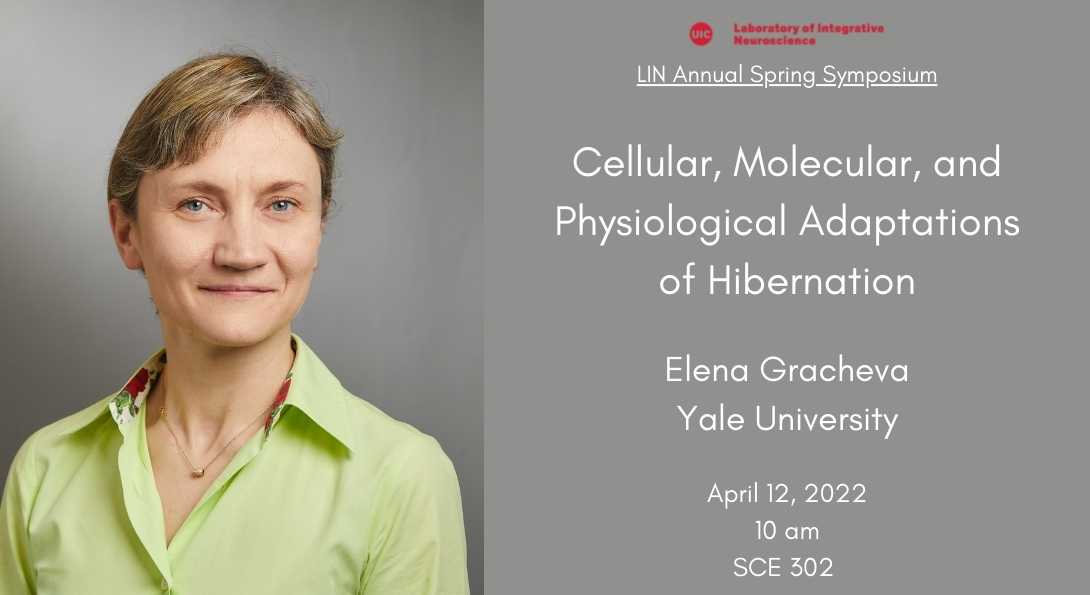LIN Spring Symposium- “Cellular, Molecular, and Physiological Adaptations of Hibernation” by Elena Gracheva (Yale University)
April 12, 2022
10:00 AM - 11:00 AM

Join us on April 12, 2022 for LIN's Annual Spring Symposium featuring Elena Gracheva (Yale University)
Host: Janet Richmond
Abstract: Mammalian hibernation is fascinating. During a short period of time, hibernating animals undergo dramatic adaptive changes, including a reduction in heart and respiration rate and a decrease in core body temperature from 37°C (98.6°F) to 4°C (39°F), yet they do not experience cold-induced pain, and their organs continue to function despite being cold and deprived of oxygen for 8 month out of the year! Moreover, since these animals do not eat or drink during hibernation, they must rely solely on the management and utilization of their internal resources for long-term survival. How hibernators achieve such a remarkable physiological adaptation, remains unknown.
We use hibernating 13-lined Ground squirrels (an obligatory hibernator) and Syrian hamsters (a non-obligatory hibernator), to tackle fundamental biological questions from perspectives unachievable using the standard animal models alone. Specifically, we are interested in studying molecular evolution of mammalian hibernation and cellular adaptations that these animals evolve in order to survive prolonged periods of hypothermia, water deprivation and starvation. We are also trying to pinpoint the molecular and physiological basis of hibernation induction. Comparative analysis of three rodent species—such as ground squirrels, hamsters and mice (non-hibernator)—at the behavioral, cellular and molecular levels, will help us to delineate the multitude of adaptations that hibernators evolved in order to survive harsh environment and as a result came to inhabit a wide geographical range.
Date posted
Oct 29, 2021
Date updated
Mar 31, 2022